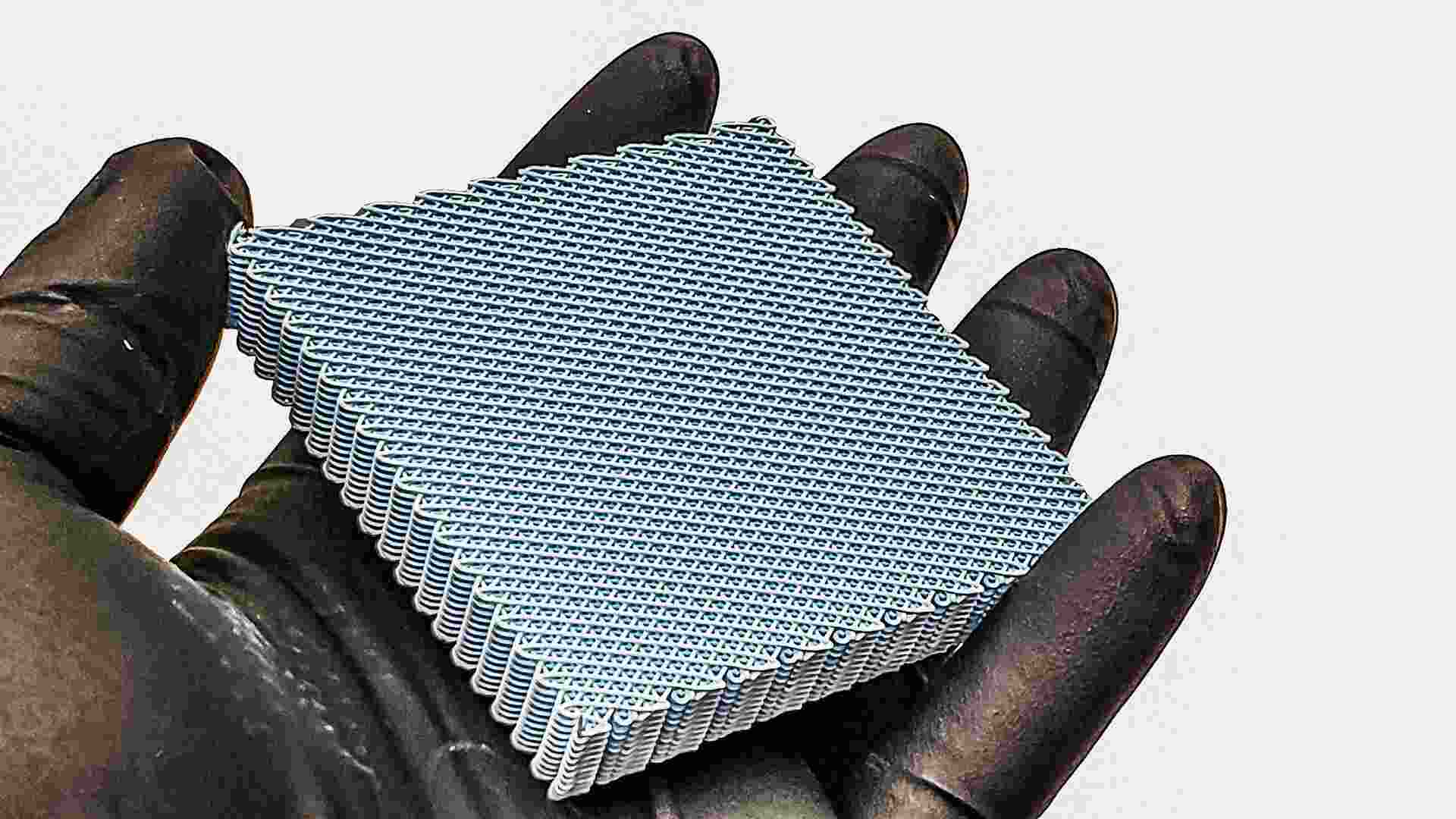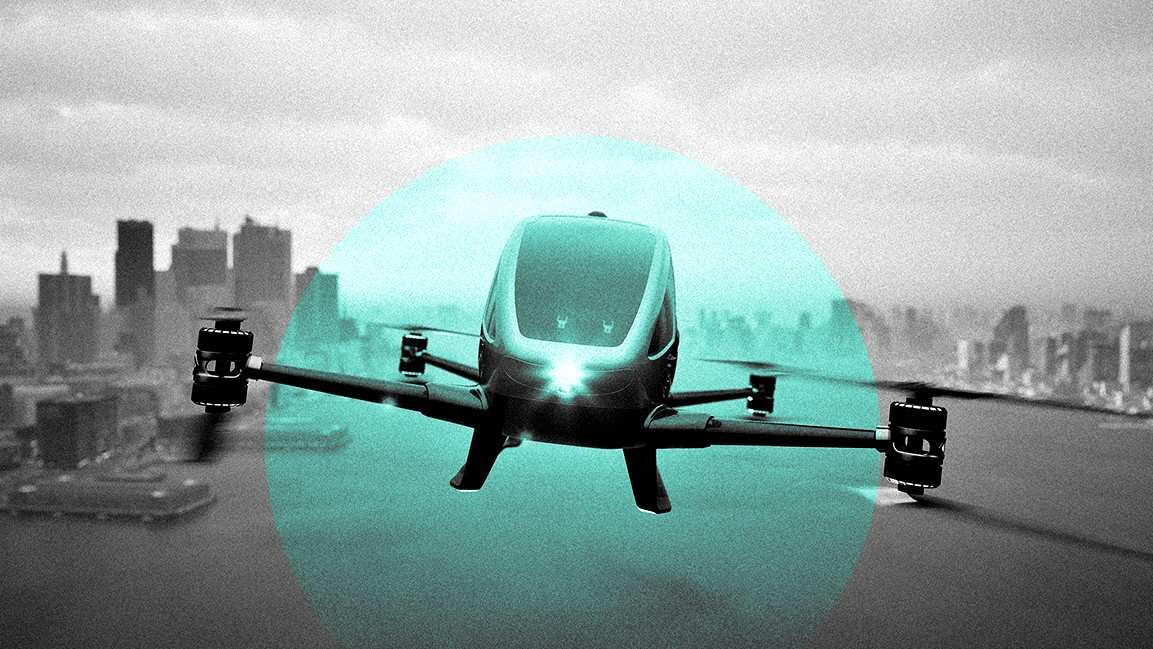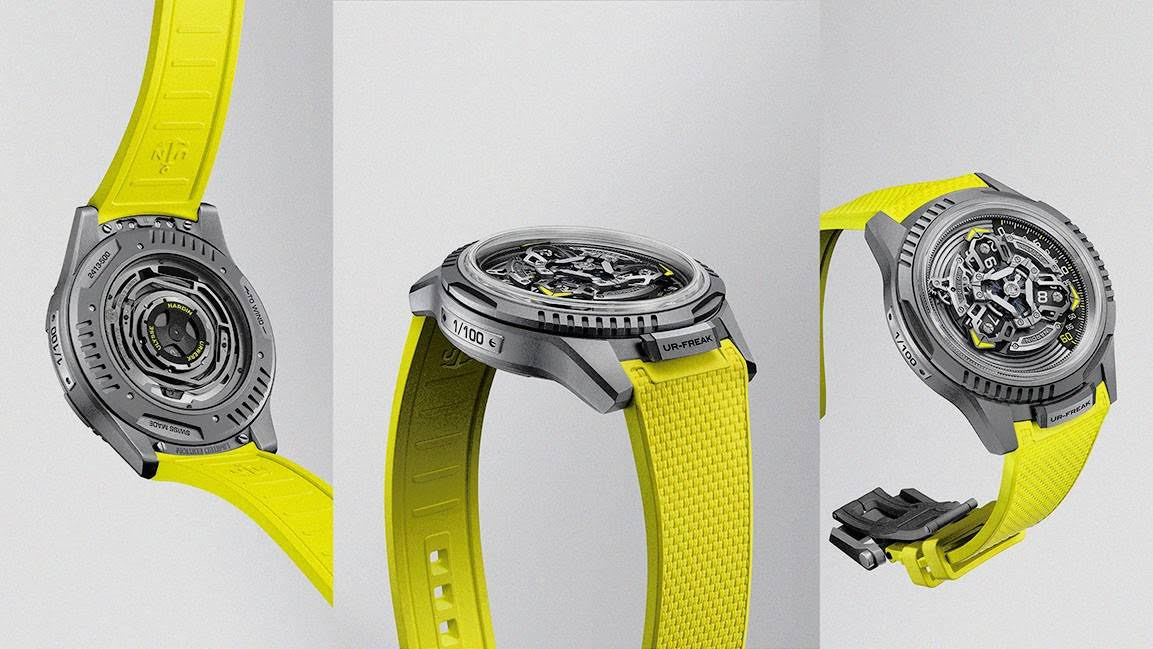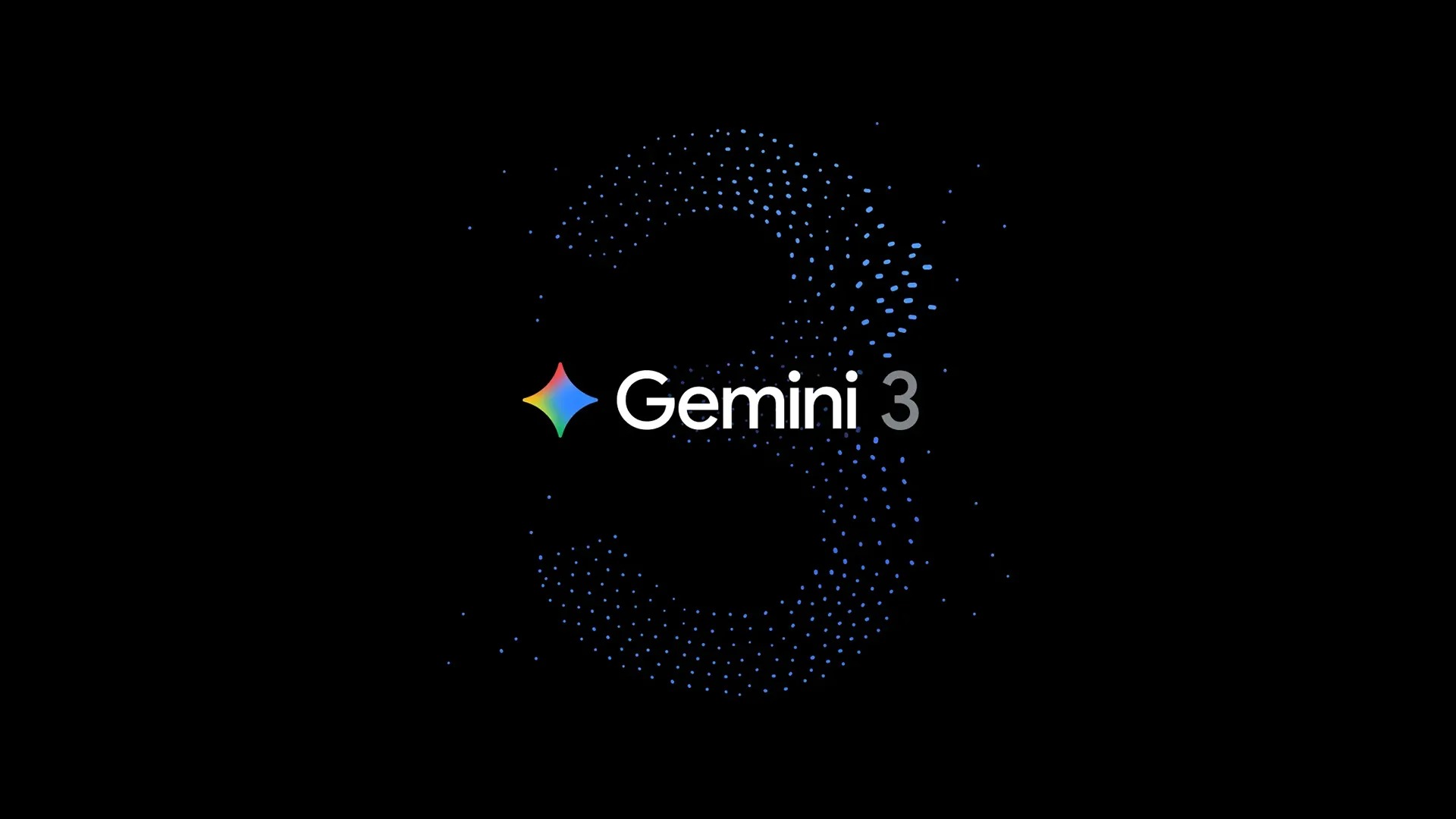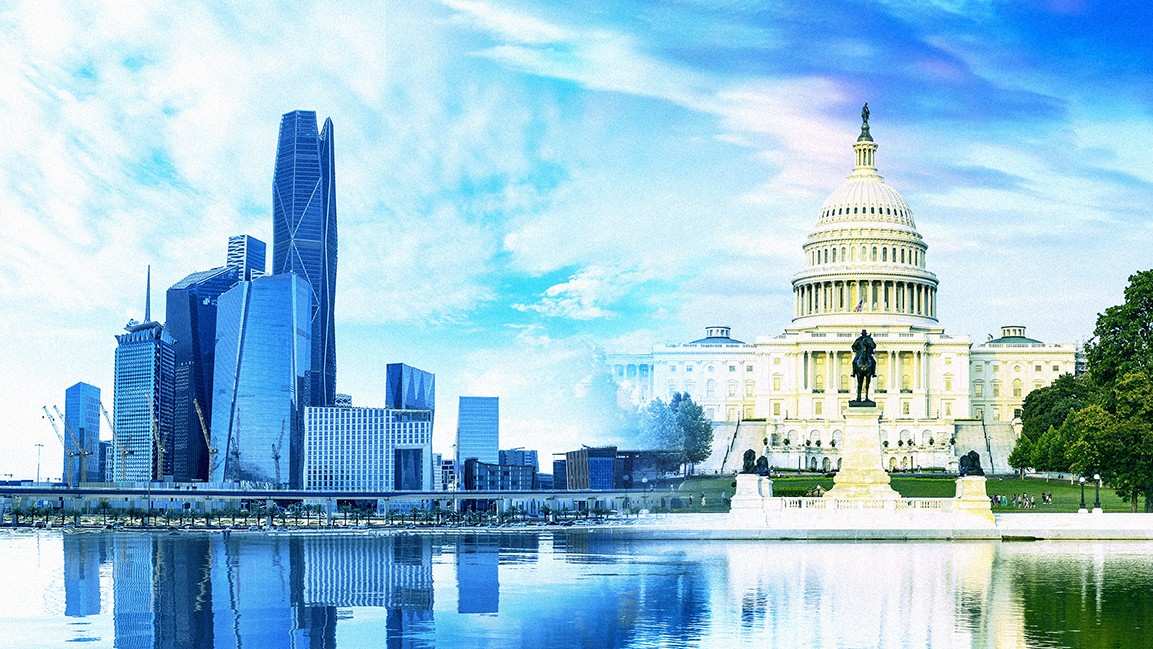- | 12:00 pm
US-Gulf relations in focus as Trump tours Saudi Arabia, Qatar, and UAE
Trump’s Middle East tour advances major economic partnerships, fosters diplomatic progress, and signals renewed regional collaboration.
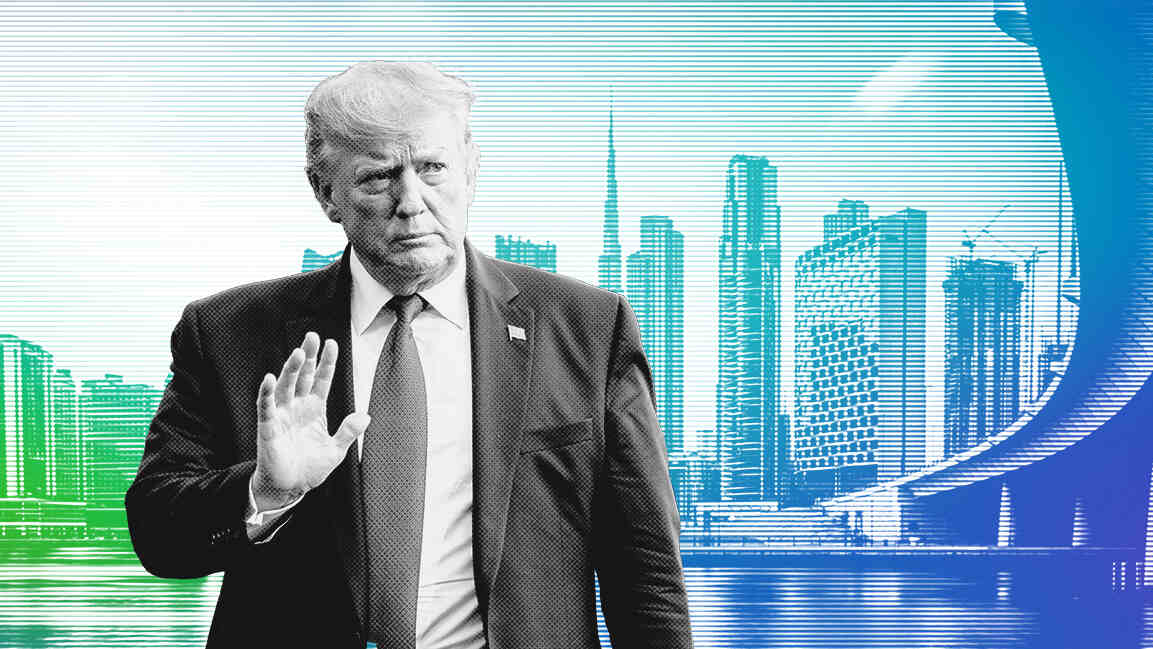
US President Donald Trump began his four-day Middle East tour with a high-profile visit to Saudi Arabia, setting the tone with a speech that rejected decades of American interventionism and emphasized regional self-determination.
Speaking at an investment conference in Riyadh, Trump declared that the US would no longer impose its will or “lecture” other nations on how to live, calling past nation-building efforts in the region destructive. His remarks received enthusiastic applause as he urged Middle Eastern countries to “chart your own destinies in your own way.”
Saudi Arabia announced a $600 billion investment commitment in the US, marking a significant strengthening of economic and strategic ties between the two countries. The agreement included Saudi Arabian DataVolt’s $20 billion investment in AI data centers and energy infrastructure, alongside $80 billion pledged by global tech companies such as Google, Oracle, Salesforce, AMD, and Uber to advance transformative technologies in both nations. Major American firms like Hill International, Jacobs, Parsons, and AECOM contributed $2 billion in service exports for Saudi infrastructure projects, while GE Vernova and Boeing supplied energy equipment and aircraft worth $14.2 billion and $4.8 billion, respectively.
The healthcare sector also saw a $5.8 billion investment, with Shamekh IV Solutions opening a high-capacity IV fluid plant in Michigan. The largest defense sales agreement in US history, valued at nearly $142 billion, aimed to modernize Saudi Arabia’s military across air, missile, maritime, border security, and communication systems, with extensive training programs included to build military capacity.
In addition to defense, the two countries deepened cooperation on energy, mining, space exploration, and air transport. The US Department of Energy and the Saudi Ministry of Energy signed agreements focused on energy innovation and infrastructure, while a mining cooperation memorandum aimed to secure critical mineral supply chains. NASA and the Saudi Space Agency collaborated on a CubeSat mission for the Artemis II flight.
The Air Transport Agreement was modernized to facilitate cargo operations, and cultural partnerships between the Smithsonian Institution and Saudi organizations promoted research and conservation efforts. This $600 billion investment built upon Saudi Arabia’s existing role as a key US trading partner in the Middle East, with prior investments totaling $9.5 billion and bilateral trade reaching nearly $26 billion. Overall, the deal represented a historic milestone that advanced economic integration, technological innovation, and regional security cooperation between the two nations.
Trump also vowed to lift sanctions on Syria, describing it as a chance for Syria’s new government to pursue peace and reconstruction.
In Qatar, the second stop of his Middle East tour, President Donald J. Trump signed an agreement with Qatar to generate an economic exchange valued at a minimum of $1.2 trillion. The announcement included economic deals totaling over $243.5 billion, featuring a historic sale of Boeing aircraft and GE Aerospace engines to Qatar Airways.
This agreement, which included a $96 billion deal for up to 210 Boeing 787 Dreamliner and 777X aircraft powered by GE engines, marked Boeing’s largest-ever widebody and 787 order. These deals were expected to support 154,000 American jobs annually and over one million jobs throughout the production and delivery period. Additional agreements highlighted investments by McDermott in Qatar Energy’s LNG infrastructure, Parsons’ $97 billion in engineering projects, and a $1 billion joint venture in quantum technologies with Al Rabban Capital.
Defense contracts included a $1 billion sale of counter-drone capabilities to Qatar and a nearly $2 billion agreement for the MQ-9B remotely piloted aircraft system, strengthening both countries’ security partnership and American defense manufacturing.
This partnership built on a long-standing commercial relationship between the US and Qatar, marked by a positive trade balance since 2003. In 2024, bilateral trade totaled $5.64 billion, with Qatar’s greenfield investments in the US reaching $3.3 billion, focused on tourism, technology, manufacturing, and energy. Qatar’s substantial investments in American energy infrastructure, including $18 billion in projects like ExxonMobil’s Golden Pass LNG Terminal and Chevron Phillips’ Golden Triangle plant, contributed significantly to US energy security.
As the 12th largest Foreign Military Sales partner, Qatar’s active cases exceeded $26 billion, reflecting deep defense ties. These agreements and investments underscored a broader strategy to revitalize American manufacturing, foster innovation, and create jobs, furthering President Trump’s vision of a new Golden Age of prosperity and reinforcing the strong economic and strategic partnership between the two nations.
Despite these successes, Trump faced criticism over a proposed transfer of a $400 million luxury aircraft from Qatar to the US Department of Defense, with Democrats such as Senator Chuck Schumer warning the gift could violate constitutional safeguards.
Throughout the trip, Trump continued to advocate for expanding the Abraham Accords—the diplomatic normalization agreements he championed during his first term.
A meeting involving US, Turkish, and Syrian officials was scheduled to further discuss the implications of the announced lifting of sanctions on Syria.
The tour’s final leg will bring Trump to the UAE on Thursday, where he is expected to receive another warm welcome and continue forging economic and diplomatic ties across the Gulf region.

















